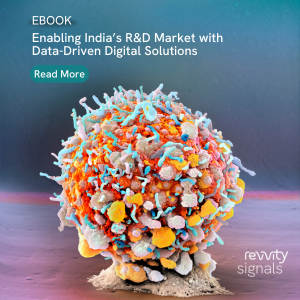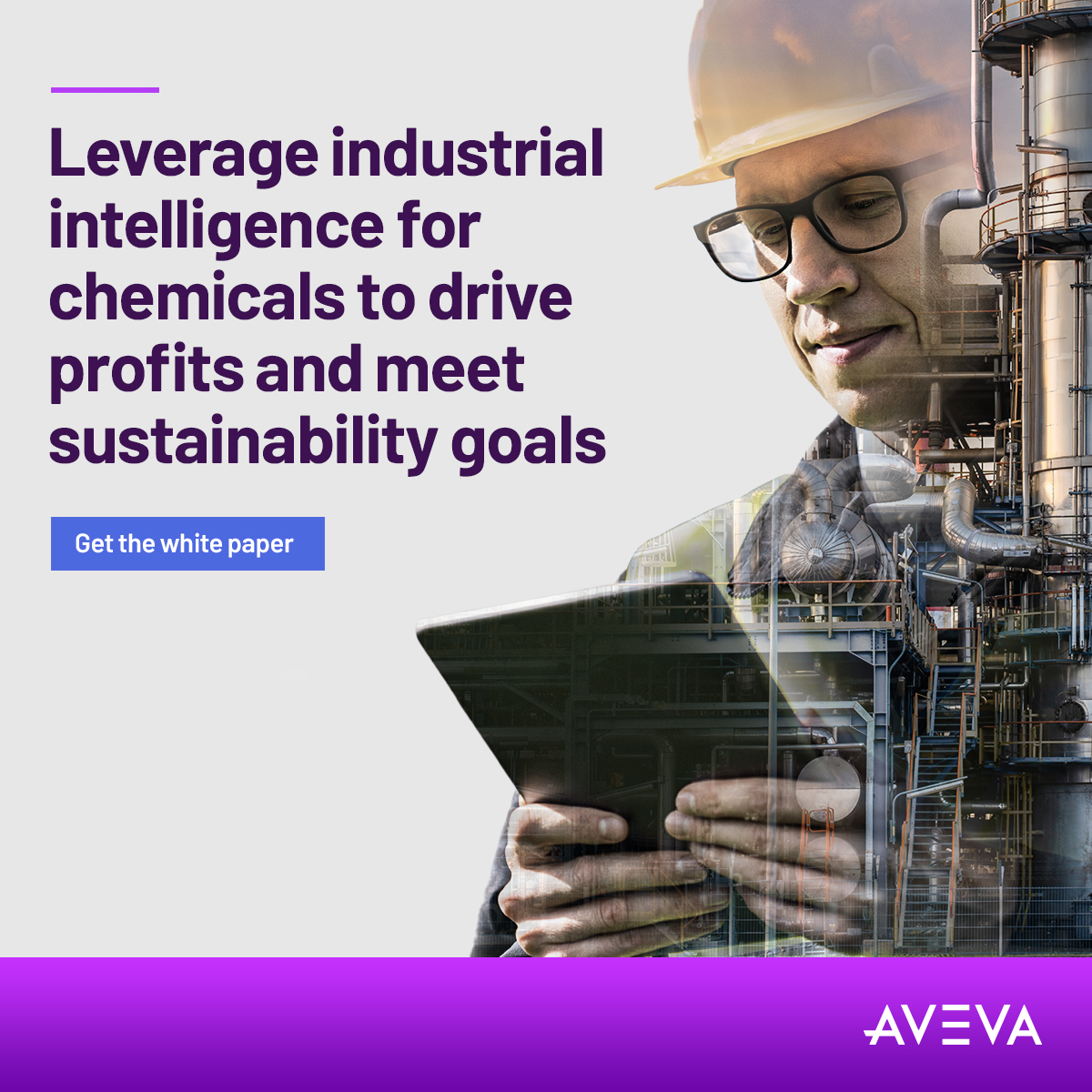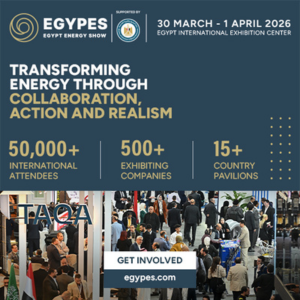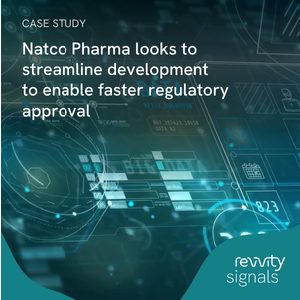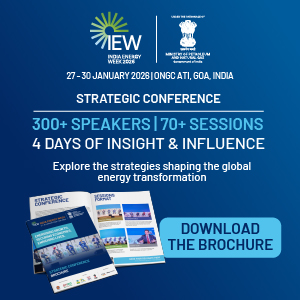Gallery
May 15, 2024
Aiming to be a sizeable contributor to the specialty chemical segments in India: Bikramjit Paul, Associate General Manager, Marketing - Oleo Chemicals, Adani Wilmar
Aiming to be a sizeable contributor to the specialty chemical segments in India
May 15, 2024
Received registration for our microbial product in Kenya: Supriya Singla, Vice President, Peptech Biosciences
Received registration for our microbial product in Kenya
May 15, 2024
We are shifting all our R&D base into India: Anjani Prasad, Managing Director & Regional Vice President - South Asia, Archroma India Pvt. Ltd. & Archroma India International
We are shifting all our R&D base in to India
May 15, 2024
India is a big growth potential market for NobelClad: Mukesh Ahlavadi, Global Director - Chemicals Market, NobelClad
India is a big growth potential market for NobelClad
April 02, 2024
We aim to establish Virtual Twins around the assets, process and O&M of the plant: Azmathullah Mohammed, ICSE, Senior Sales Director, Dassault Systemes
We aim to establish Virtual Twins around the assets, process and O&M of the plant
March 30, 2024
We are selling 9 million SCMD of gas every day: Vikas Gangal, SVP, Gujarat Gas
We are selling 9 million SCMD of gas every day
March 30, 2024
India offers competitive edge for Yokogawa globally: Sajiv Nath, Chief Executive - South Asia and Regional Managing Director, Yokogawa India
India offers the competitive edge for Yokogawa globally
March 30, 2024
Our vision is to be the reference point for gas metering in India: Vimal Mishra, Chief Executive Officer, Pietro Fiorentini DB India
Our vision is to be the reference point for gas metering in India
March 30, 2024
We aim to distribute 20 lakh induction cookstoves and 1 crore fans by 2027: Animesh Mishraa, Head (Sales & PR), Energy Efficiency Services
We aim to distribute 20 lakh induction cookstoves and 1 crore fans by 2027
March 30, 2024
We want to make India's first commercially operational 2G Ethanol plant: Vijay Nirani, Managing Director, TruAlt Bioenergy
We want to make India's first commercially operational 2G Ethanol plant














